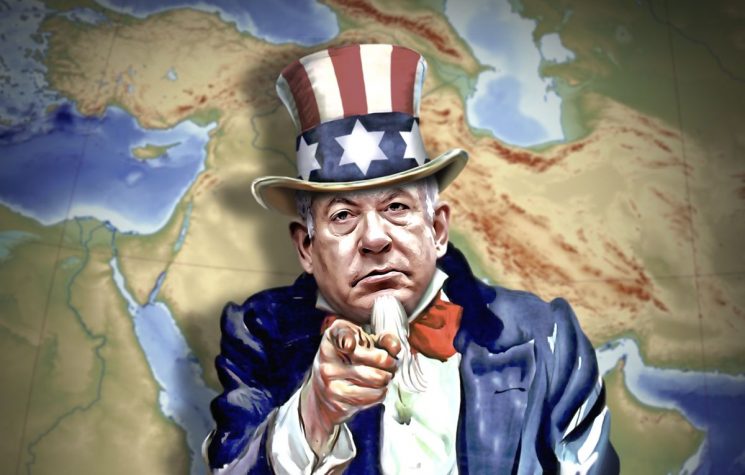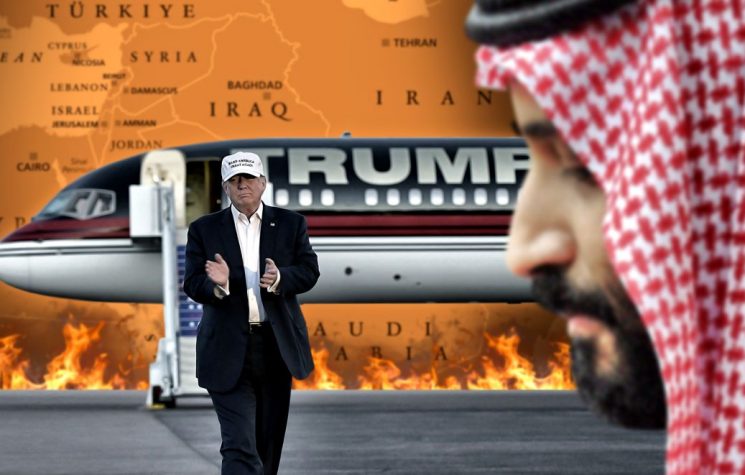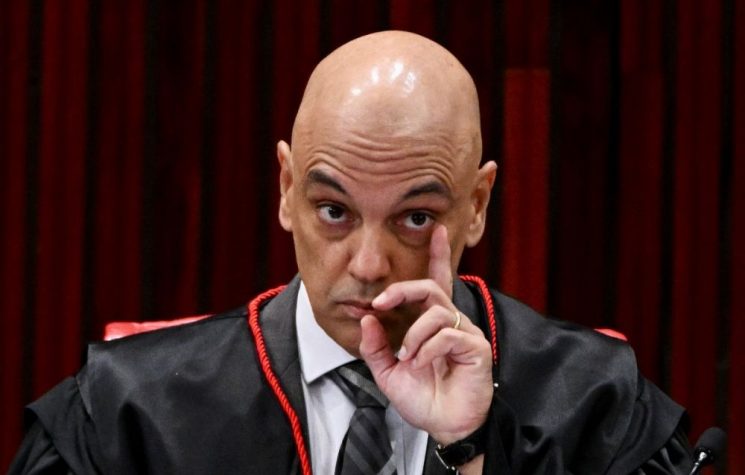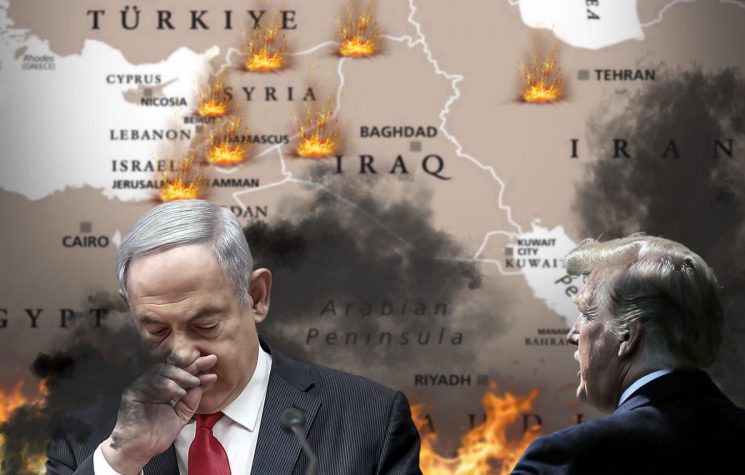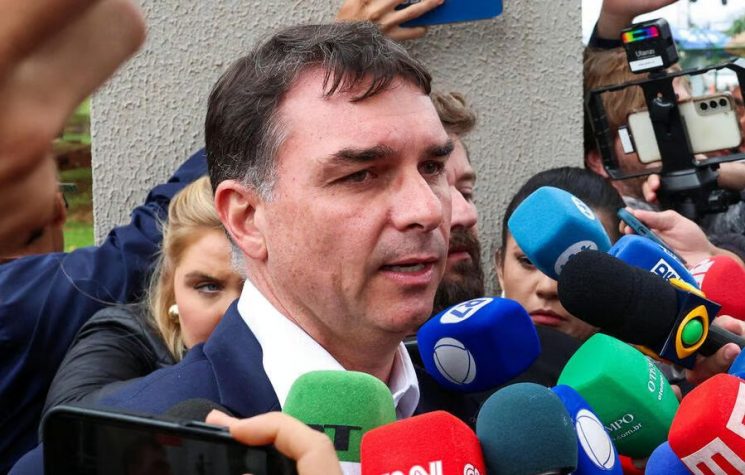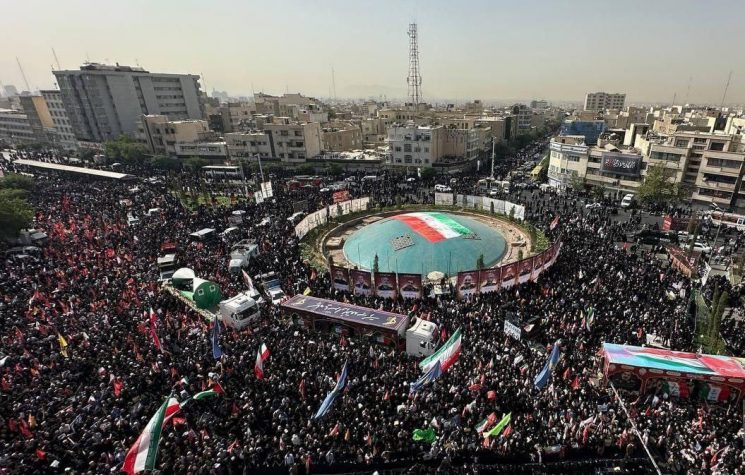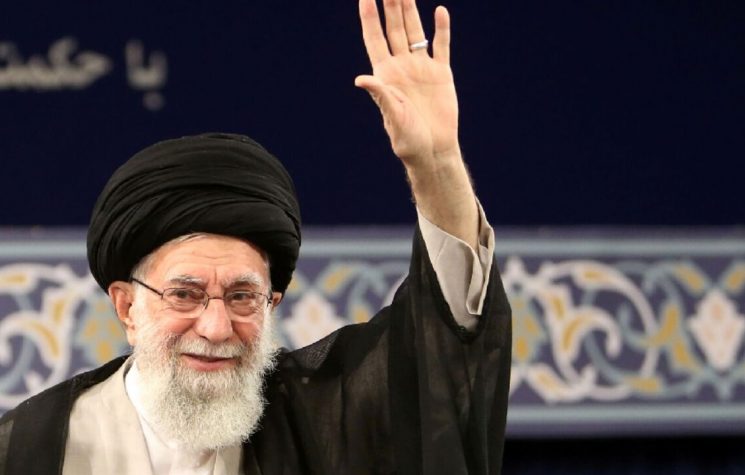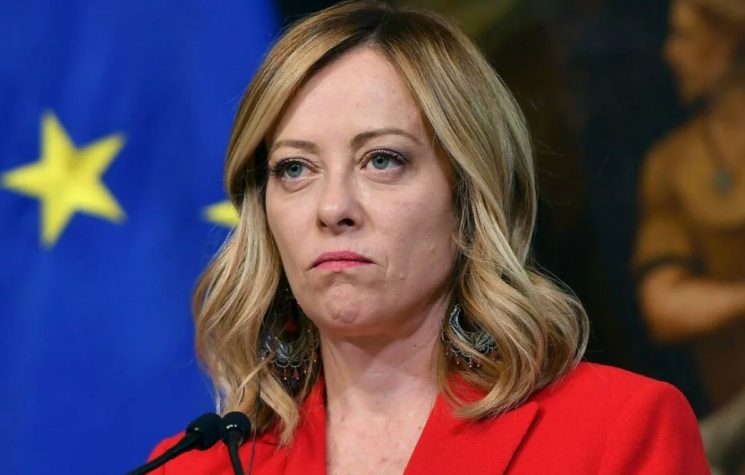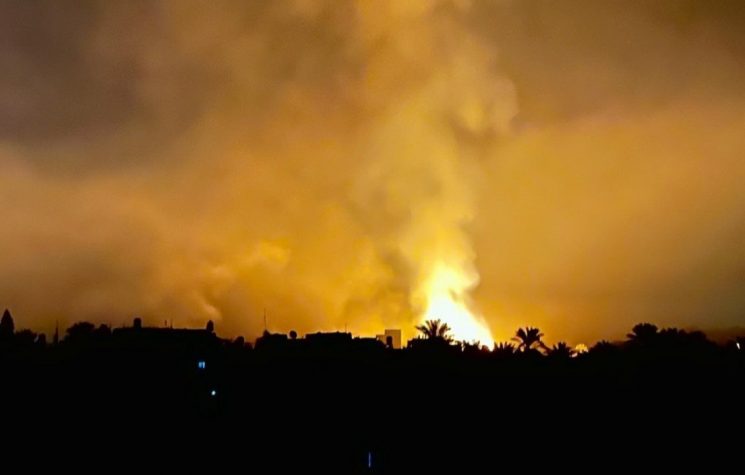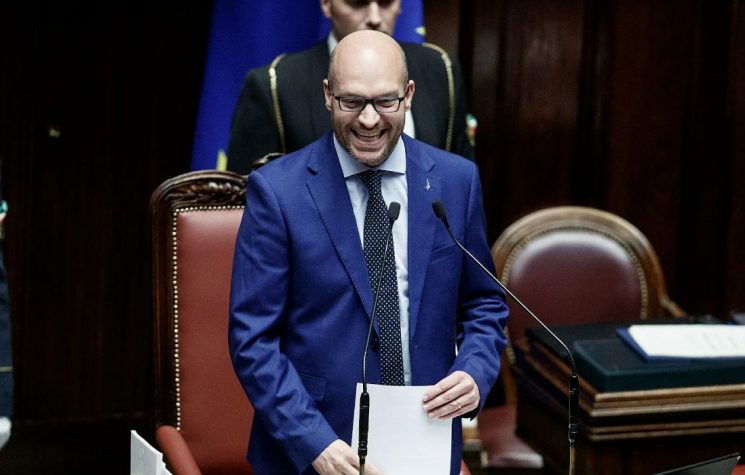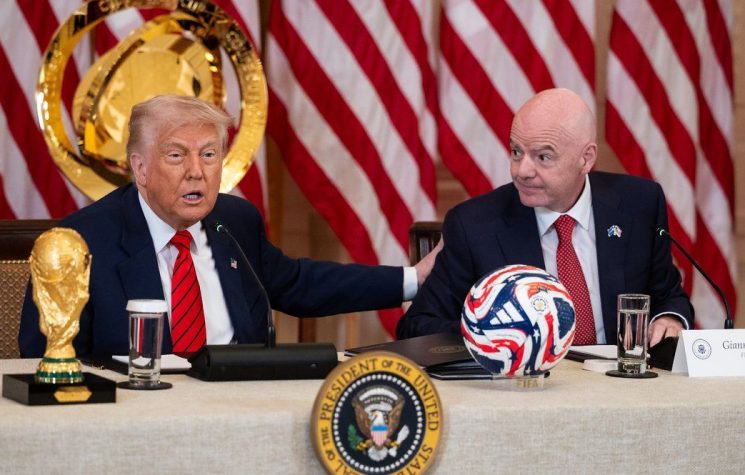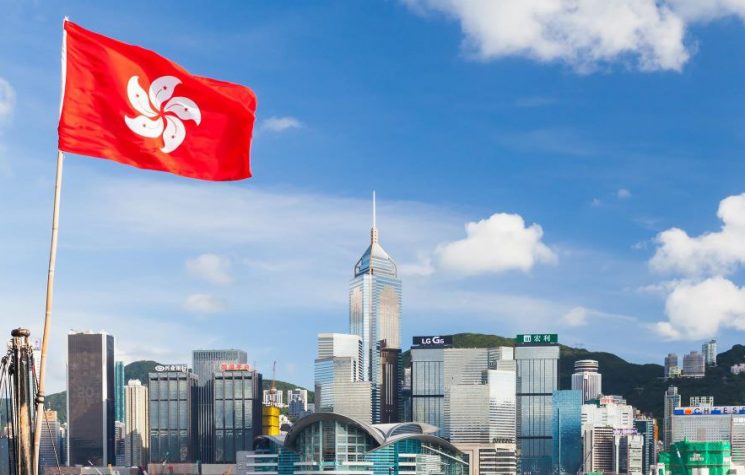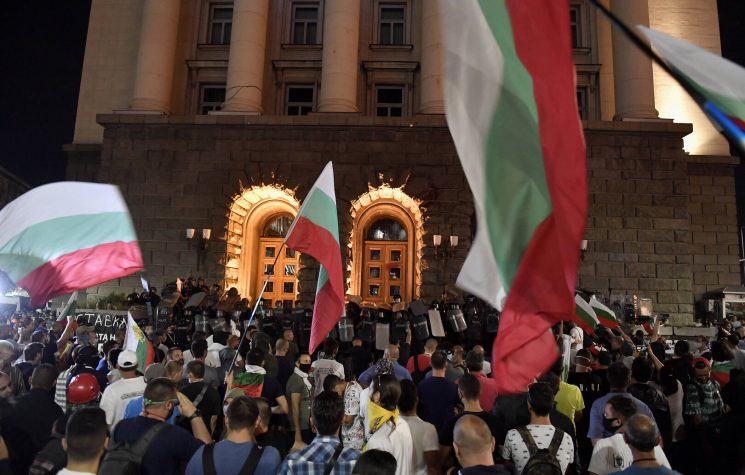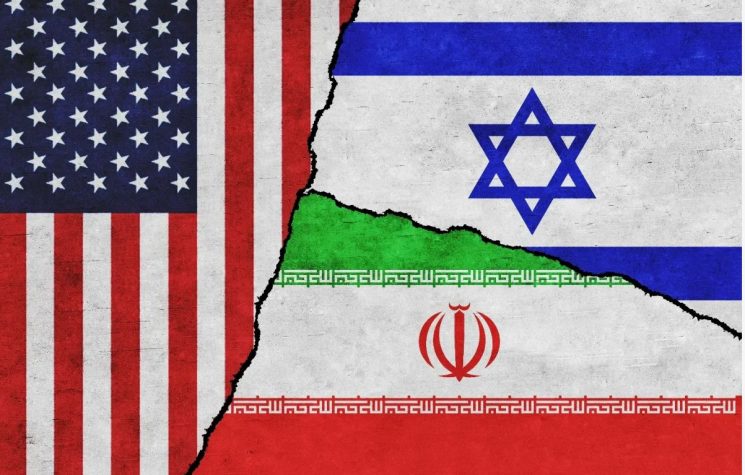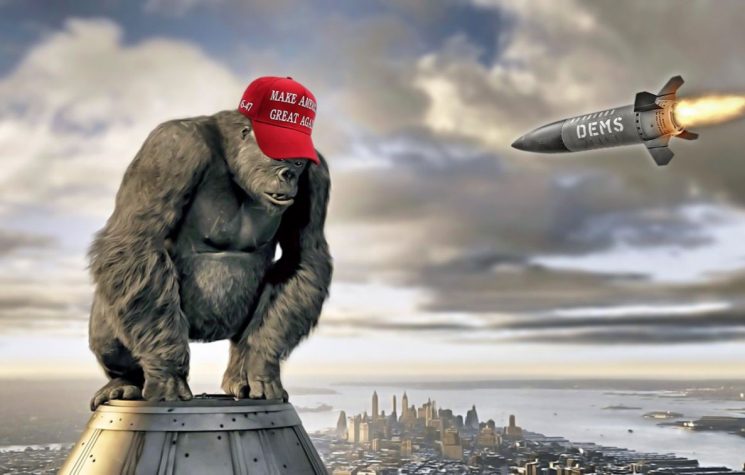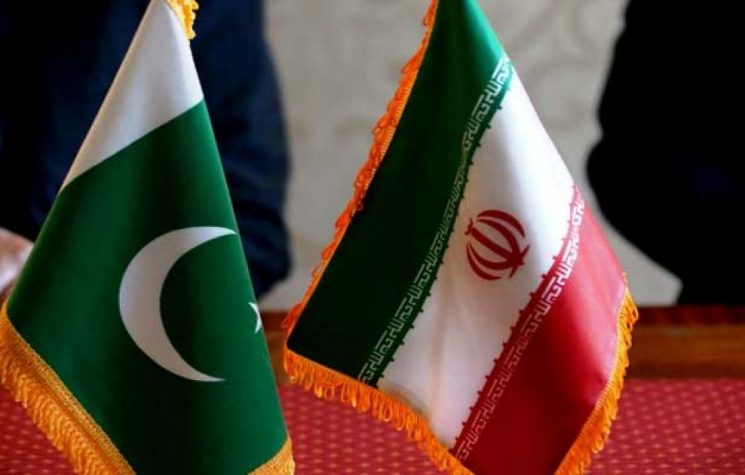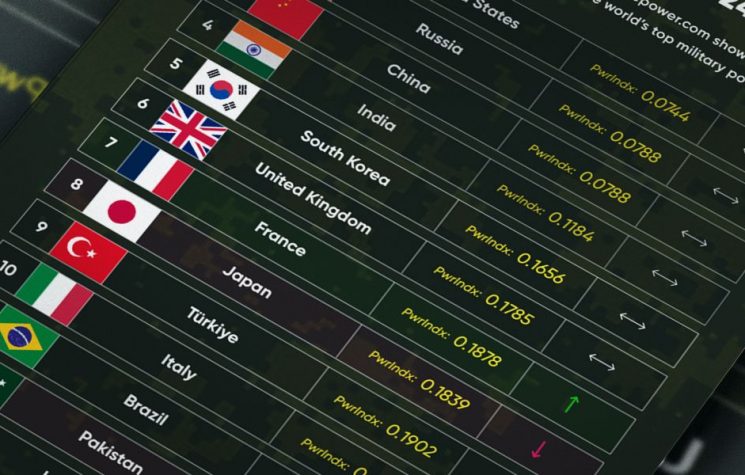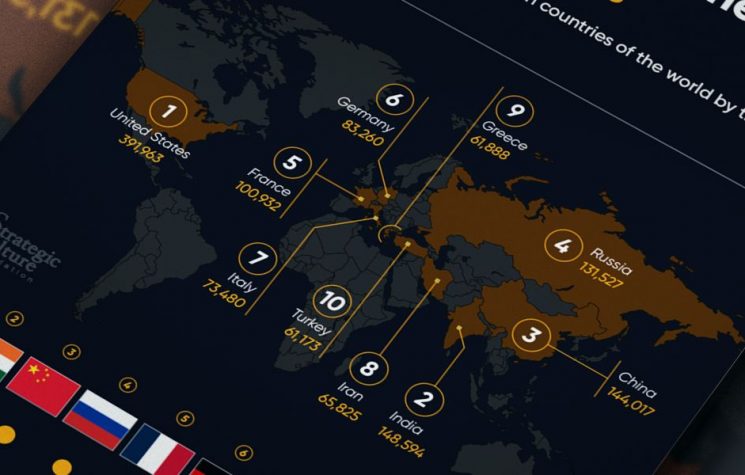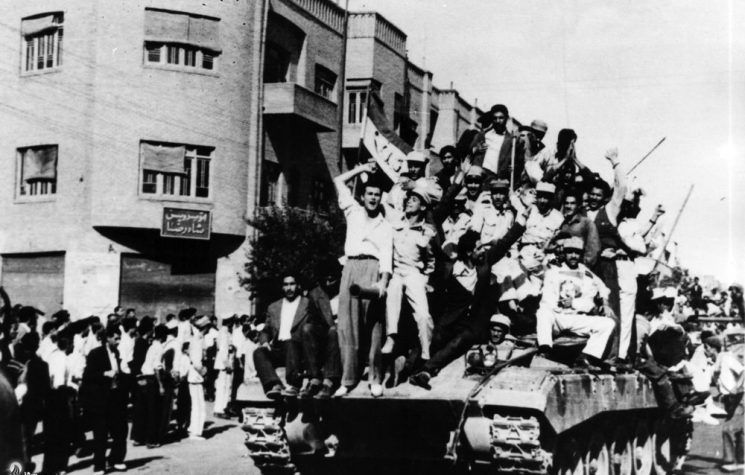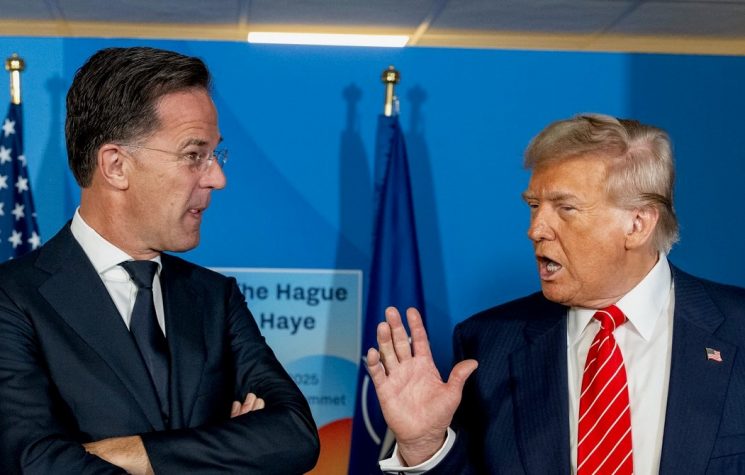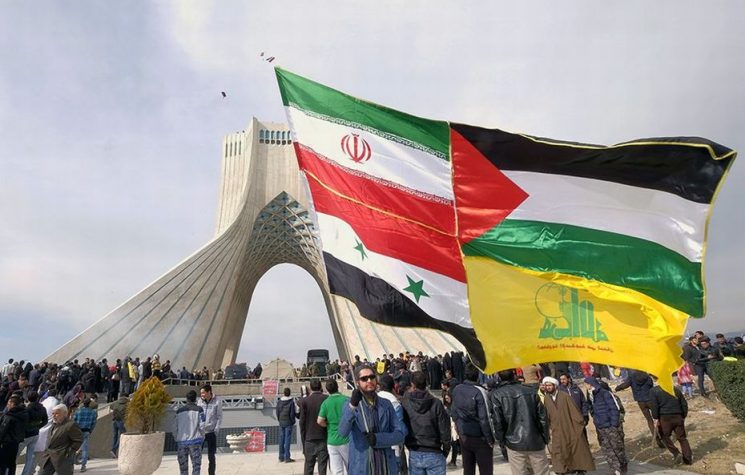The entire Iranian state structure is a form of doctrinal transition, which makes the system religiously inspired, but much more complex and hybrid than it appears at first glance.
Join us on Telegram![]() , Twitter
, Twitter![]() , and VK
, and VK![]() .
.
Contact us: info@strategic-culture.su
Many paths are possible, but only one will be taken
Press agencies have recently reported, although not yet officially confirmed, that Supreme Leader Ali Khamenei has transferred executive powers to the Islamic Revolutionary Guard Corps, the Pasdaran. This military body, which played a decisive role in the victory of the 1979 Revolution, continues today to be responsible for safeguarding the founding principles of the system established by Khomeini, as set out in Article 150 of the Constitution.
If the transfer of powers has indeed taken place, we would be faced with an extraordinary measure with no explicit constitutional basis. The Iranian legal system, in fact, provides, at least in theory, for a series of alternative mechanisms to deal with situations of vacancy or temporary impediment of the Supreme Leader, compatible with periods of political instability such as the current one.
In general, the Pasdaran swear allegiance to the Supreme Leader, not to the President or the Government, which makes them an armed wing directly linked to the theocratic authority of the Iranian Republic. Their role as a parallel armed force has always seen careful and significant participation in political life: many former commanders hold government positions and are involved in the delicate workings of national security, as well as being present in strategic sectors of the state and infrastructure. They are the true “guardians of the Islamic Revolution”, and this alone should be enough to indicate the real possibility of such a transfer of power.
But in Iran, things are not done “in the Western way”, so we will try to frame the possible scenarios according to Iranian law.
Three ways
The first mechanism provides for the temporary replacement of the Leader by a committee composed of the President of the Republic, the Head of the Judiciary and a jurist from the Council of Guardians chosen by the Council for the Discernment of the Higher Interest of the System (Article 111). It is useful to distinguish between the Guardian Council – a body with functions comparable to those of a constitutional court that assesses the compatibility of laws with the Constitution and Sharia law (Article 94) – and the Council for Discernment, which acts as the supreme arbiter in conflicts between the Guardians and Parliament (Article 112).
A second option concerns the involvement of the Supreme National Security Council, established to protect the internal security and sovereignty of the country. This body, which has already emerged as decisive during the Covid-19 pandemic, has the particularity of being able to operate even without formal publication of its decisions, provided that they are approved by the Guide (Article 176).
A third possibility is the declaration of a state of emergency and the temporary formation of a military government, whose decisions must be converted into law by Parliament within a specific time frame, similar to our emergency decrees (Article 79).
If the information currently circulating is well-founded, we would be faced with an exceptional situation: the direct conferral of executive powers on the Pasdaran by the Guide, outside the codified institutional framework, but consistent with the founding spirit of the Pasdaran and the integrity of the Republic.
This situation, together with the solutions envisaged in theory and those that may have been chosen in practice, offers us an interesting opportunity to look at Iran beyond the reductive label of “theocracy”.
It is true that religious principles pervade the state architecture, but:
- the Revolutionary Guard Corps is a revolutionary military force, not composed of clergy;
- the Council of Guardians is made up of half Islamic jurists appointed by the Leader and half secular jurists appointed by the judiciary, with the approval of the Legislative Assembly, which in turn includes both secular and religious representatives;
- the Council for Discernment is composed of figures from various backgrounds – jurists, military personnel, religious figures – all appointed by the Supreme Leader;
- the Supreme National Security Council includes the heads of the three branches of government, key ministers, military and economic representatives, and members appointed by the Leader.
Finally, the Supreme Leader himself – currently Khamenei, who succeeded Khomeini – is selected by an Assembly of Experts, whose members are in turn elected directly by the citizens. This assembly is not composed exclusively of religious figures, but also includes jurists, civil servants, military personnel and intellectuals (Article 107).
Although the Supreme Leader is a religious authority of the highest rank, he is legitimised by his legal and religious authority to interpret Shiite Islam. The entire Iranian constitutional system is based on a historical-religious compromise: in the absence of the twelfth Imam – the eschatological figure awaited by Shiite believers and believed to have been “hidden” for centuries – no government can be considered fully legitimate from a theological point of view. Khomeini resolved this dilemma by developing the doctrine of Wilayat al-faqih (government of the jurist), according to which an expert jurist can exercise power on behalf of the hidden Imam.
The entire Iranian state structure is therefore, in some ways, a form of doctrinal transition, which makes the system religiously inspired, but much more complex and hybrid than it appears at first glance. And this is where Iran’s strength lies: the metaphysically ordered dimension of the country is the fulcrum and guarantee of its strength. This is a detail that no one should underestimate.










